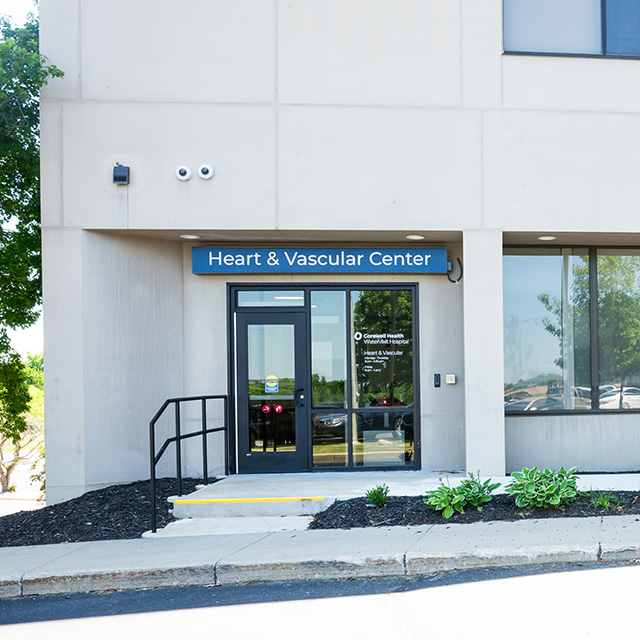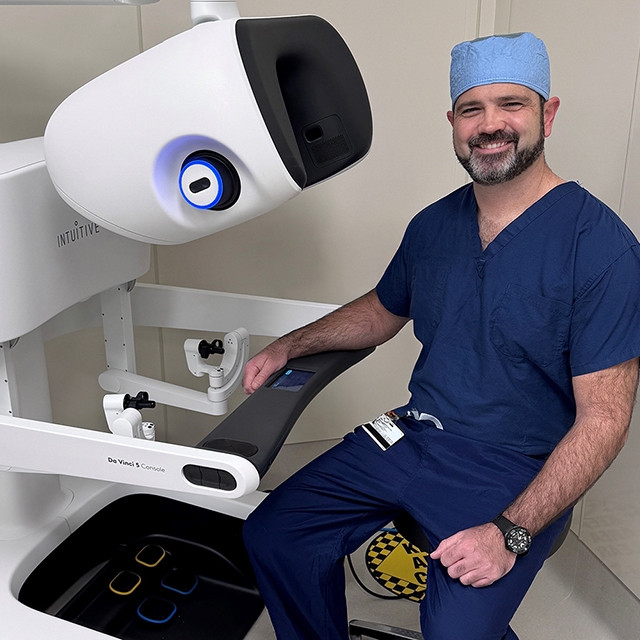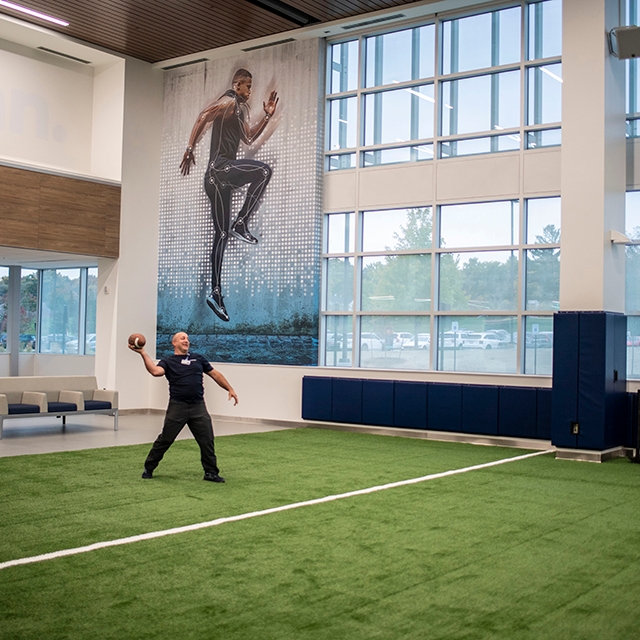A new precision therapy technique is targeting hard-to-treat cancers like never before.
Understanding Your Options: A Personalized Approach to Pelvic Floor Care

Adapted from an article by Jaber M. Saad, MD – Urogynecology
Pelvic floor disorders are a significant health concern affecting millions of women worldwide — including nearly one in four women in the U.S. These conditions, which include pelvic organ prolapse, stress urinary incontinence, and overactive bladder, can deeply impact your comfort, confidence, and daily life.
Despite how common they are, pelvic floor disorders are often underdiagnosed and undertreated. Many women wait years to seek help, for a variety of reasons, including embarrassment or the belief that their symptoms are just part of aging.
At Corewell Health, we take a personalized, compassionate approach to pelvic floor care — one that starts with listening. Whether you're just beginning to explore your symptoms or looking for long-term relief, our team is here to guide you through your options with expertise, empathy, and respect for your goals.
Treatment options for pelvic floor disorders
If you’re dealing with a pelvic floor disorder the good news is there are many ways to find relief. Most women start with non-surgical treatments, which can be very effective.
Non-surgical treatments: A gentle first step
Doctors usually recommend starting with the least invasive options. These treatments can help manage symptoms and improve your quality of life without surgery:
- Pelvic floor physical therapy: Special exercises guided by a trained therapist can strengthen your pelvic muscles and improve control
- Pessary devices: These small, removable devices are placed in the vagina to support the bladder or uterus and relieve pressure from prolapse or incontinence
- Lifestyle changes: Simple steps like bladder training, losing weight, or changing your diet can make a big difference — especially for overactive bladder or stress urinary incontinence
- Medications: Certain medications can help calm an overactive bladder or reduce urgency and frequency
- Nerve stimulation: Gentle electrical pulses can help “reset” bladder signals in some cases of overactive bladder
These options are often enough to manage symptoms and avoid surgery altogether.
Minimally invasive procedures for pelvic floor disorders
If non-surgical treatments haven’t worked — or if you and your doctor decide that surgery is the best next step, there are several minimally invasive options available. These procedures are designed to be gentle on your body, with smaller incisions, faster recovery, and excellent long-term results.
Explore options for these conditions:
What is recovery like?
Recovery after minimally invasive procedures is usually smooth and manageable. The timeline depends on the type of procedure, but here’s what most patients can expect:
- Office-based procedures, like bladder Botox or urethral bulking, typically have little to no downtime. Most women return to normal activities the same day or the next.
- Outpatient surgeries, such as vaginal repairs or sling procedures, often allow you to go home the same day or the following morning. You’ll be encouraged to rest and avoid strenuous activity for a few weeks.
- Healing and results: While full recovery may take several weeks, many women notice improvements in bladder control, comfort, sexual health, and overall confidence within days or weeks
Your care team will provide personalized instructions to help you recover safely and comfortably.
Take the next step toward better pelvic health
We’re here to provide information, answer questions, and help you explore treatments that align with your goals. Whether you're considering non-surgical therapies or curious about minimally invasive procedures, our team is ready to support you.
Connect with a provider
Reach out today to schedule a consultation or learn more about your options.






















